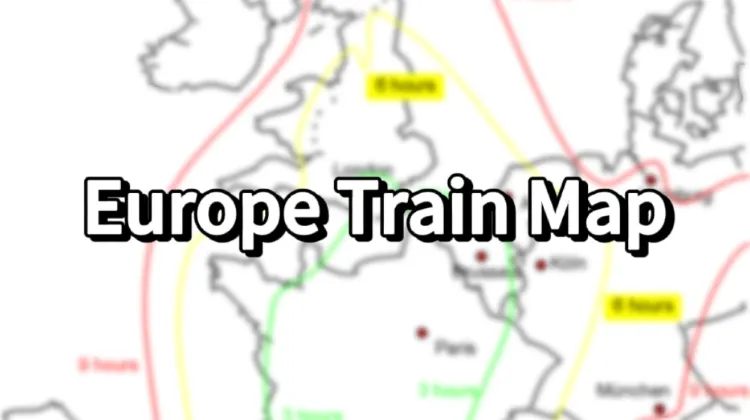
This Europe Train Map blog talks about the most popular European train map & routes. Check the five main types of rail services—high-speed, regional, cross-border, scenic, and night trains. Additionally, learn about the Europe Night Train Map✨👀 Grab the 3% Off coupon for Europe trains below!!!
🔥Exclusive Europe Train Coupon: Get 5% OFF Now!
Book European train tickets as a new user on Trip.com App and enjoy a special 5% Off 🎁! Use our exclusive coupon to save big on your first trip in Europe!!👀
Popular Europe Train Route Map
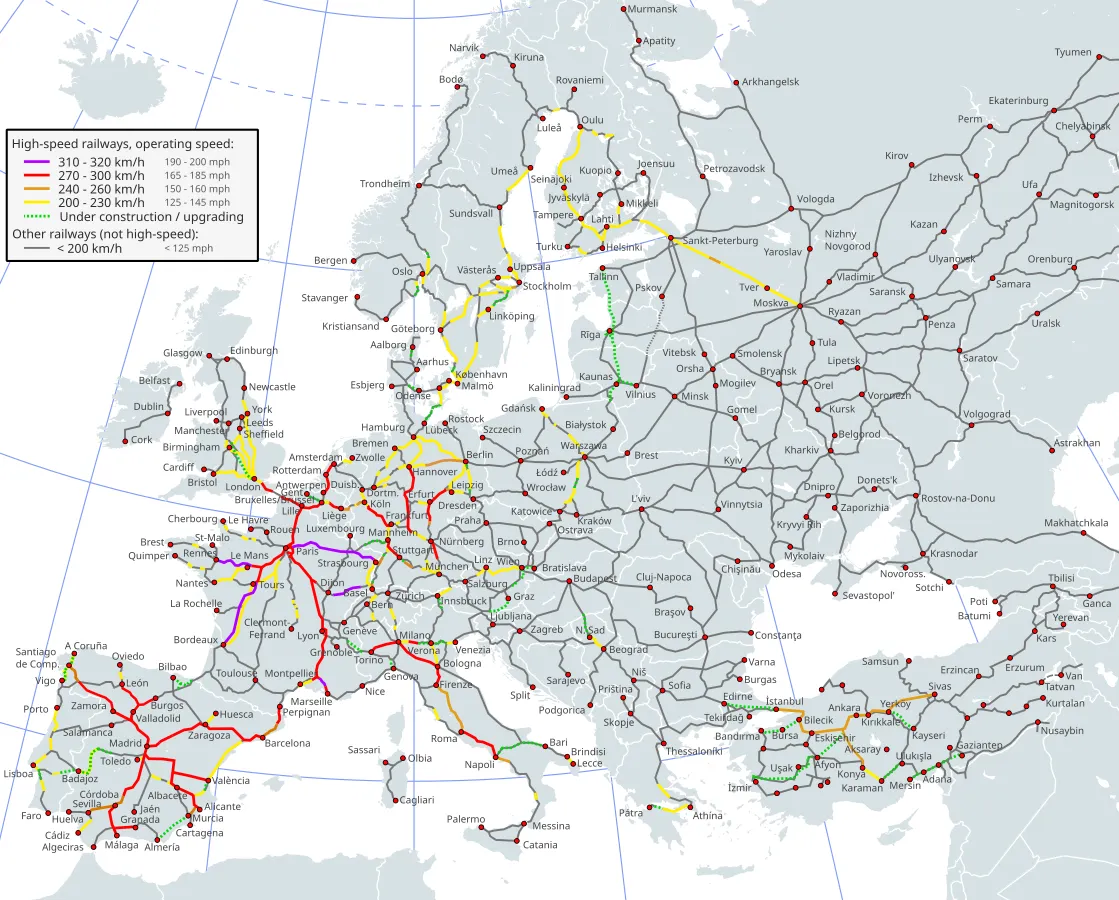
Source from Wikipedia
Let's check some of the most Popular Europe Train Routes and travel time below~ 👇🔥
| Travel Route | Departure Station | Arrival Station | Travel Time | Ticket Price |
| London to Paris | London St Pancras International (the UK) | Paris Gare du Nord (France) | 2h 17m | From $137.51 |
| Paris to Amsterdam | Paris Gare du Nord (France) | Amsterdam Centraal (Netherlands) | 3h 28m | From $81.99 |
| Madrid to Barcelona | Madrid-Puerta De Atocha | Barcelona-Sants | 2h 30m | From $20.00 |
| London to Edinburgh | London Kings Cross | Edinburgh (Waverley) | 4h 16m | From $26.26 |
| London to Brussels | London St Pancras International (the UK) | Brussels Midi(Belgium) | 1h 57m | From $148.42 |
| Rome to Florence | Rome Termini | Florence S.M.Novella | 1h 22m | From $13.22 |
*The price varies depending on the exchange rate and date.
5 Types of Europe Rail Lines
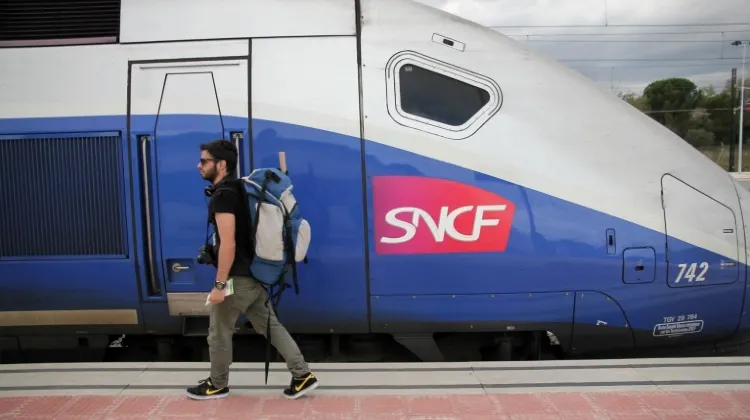
TGV (Source from interrail)
1. Cross-Border Rail Lines
Cross-border rail lines are crucial for connecting major European cities across different countries. Typically, you won't even realize when you've crossed a border due to the smooth transitions. However, occasional passport checks might occur on board, especially when traveling beyond the Schengen Area to regions in the south or east of Europe. These checks are generally quick, and you don't need to allocate extra time for them.
| Train Service | Speed (km/h) | Routes | Special Features |
| Thalys | Up to 300 km/h | Paris ↔ Brussels ↔ Amsterdam ↔ Cologne | Wi-Fi, premium meals, power outlets, multilingual staff |
| Eurostar | Up to 300 km/h | London ↔ Paris ↔ Brussels ↔ Amsterdam | Channel Tunnel, onboard entertainment, security checks, direct city center connections |
| TGV Lyria | Up to 320 km/h | Paris ↔ Geneva ↔ Lausanne ↔ Zurich | Panoramic windows, quiet zones, dining cars, Swiss punctuality |
| Thello | Up to 180 km/h | Paris ↔ Milan ↔ Venice | Night services, private cabins, Alpine scenery |
| Railjet (ÖBB) | Up to 230 km/h | Vienna ↔ Munich ↔ Zurich ↔ Budapest | Onboard restaurant, children's cinema, free Wi-Fi, multilingual service |
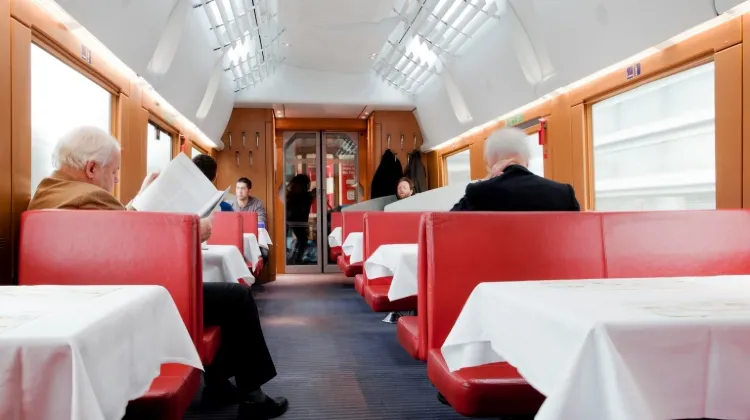
ICE (Germany) Restaurant (Source from interrail)
2. High-Speed Rail Lines
High-speed rail lines represent the pinnacle of European rail engineering, enabling passengers to travel between major cities at speeds that can rival or surpass air travel.
The Eurostar, for instance, is a prime example, linking London with cities like Paris, Brussels, and Amsterdam at speeds of up to 300 km/h via the High Speed 1 (HS1) line. The Eurostar, with its British-designed asynchronous AC drive system, differs from the TGV's synchronous drive technology, illustrating the diversity in high-speed rail engineering.
Moreover, while the Eurostar connects the UK with mainland Europe, the Jungfrau Railway holds the title for the highest rail line in Europe, winding its way to the Jungfraujoch at an altitude of 3,454 meters.
| Train Service | Speed (km/h) | Main Routes | Special Features |
| TGV (France) | Up to 320 km/h | Paris ↔ Lyon ↔ Marseille ↔ Nice; Paris ↔ Strasbourg ↔ Luxembourg | High-speed Wi-Fi, reclining seats, power outlets, dedicated working spaces |
| ICE (Germany) | Up to 300 km/h | Berlin ↔ Munich ↔ Frankfurt ↔ Hamburg; Frankfurt ↔ Brussels | Free Wi-Fi, onboard dining, quiet zones, family compartments |
| AVE (Spain) | Up to 310 km/h | Madrid ↔ Barcelona ↔ Seville ↔ Malaga | Video streaming, onboard entertainment, silent carriages, Club Class lounges |
| Frecciarossa (Italy) | Up to 300 km/h | Milan ↔ Rome ↔ Naples ↔ Florence | Four service levels, onboard Wi-Fi, entertainment portal, bistro car |
| Eurostar | Up to 300 km/h | London ↔ Paris ↔ Brussels ↔ Amsterdam | Channel Tunnel, British-designed traction system, direct city center connections |
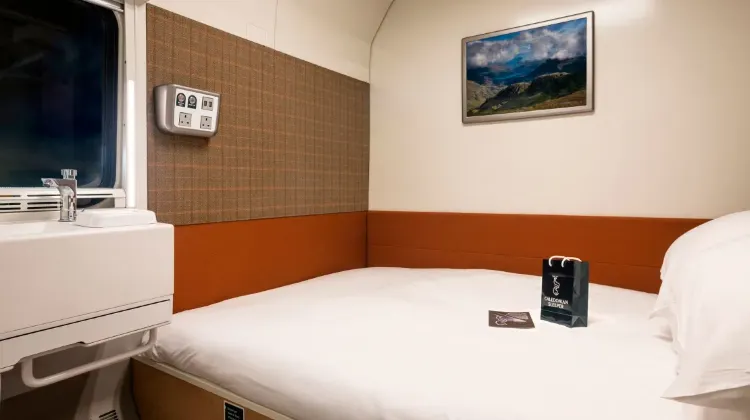
Source from CNN Travel
3. Night Trains
Night trains are a unique and efficient way to travel across Europe, offering the comfort of sleeping compartments and the convenience of waking up at your destination. These trains are a popular choice for budget-conscious travelers and those looking to maximize their travel time by avoiding daytime journeys.
Historically, night trains like the famous Orient Express have added a touch of luxury and mystery to European rail travel, inspiring countless novels and films.👀 Modern night trains continue this tradition by providing various levels of comfort, from simple couchettes to luxurious private cabins.
| Train Service | Speed (km/h) | Routes | Special Features |
| ÖBB Nightjet | Up to 200 km/h | Vienna ↔ Berlin ↔ Rome ↔ Zurich | Private sleeper cabins, onboard breakfast, washrooms, bicycle transport |
| European Sleeper | Up to 200 km/h | Brussels ↔ Berlin ↔ Prague | Couchettes, sleeper cabins, dining cars, power outlets |
| Intercités de Nuit (France) | Up to 160 km/h | Paris ↔ Toulouse ↔ Nice | Reclining seats, individual cabins, bike storage, family compartments |
| Thello | Up to 180 km/h | Paris ↔ Venice | Private cabins, breakfast service, Alpine views, multilingual staff |
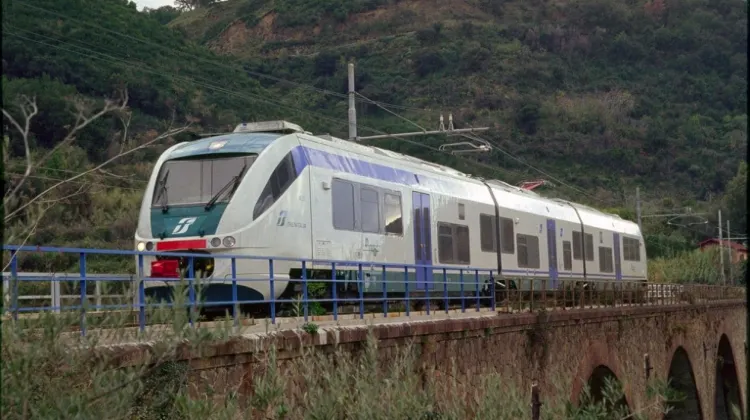
Regional train in Italy (Source from eurail)
4. Regional and Intercity Rail Lines
Regional and intercity rail lines form the backbone of Europe’s transportation network, connecting rural areas and smaller cities with major urban centers. These lines are indispensable for daily commuters and provide a vital service for tourists looking to explore lesser-known parts of Europe.
Unlike high-speed trains, these services often stop at smaller stations. Regional trains in countries like Germany (S-Bahn) and France (TER) are known for their reliability and frequent services, making them a preferred choice for short-distance travel.
| Train Service | Speed (km/h) | Routes | Special Features |
| RegionalBahn (Germany) | Up to 160 km/h | Throughout Germany | Frequent stops, affordable tickets, bicycle compartments, local connectivity |
| TER (France) | Up to 160 km/h | Throughout France | Scenic routes, flexible tickets, pet-friendly, Wi-Fi on selected routes |
| Regionale (Italy) | Up to 150 km/h | Throughout Italy | Rural connectivity, budget-friendly, bicycle facilities, spontaneous travel options |
| S-Bahn (Germany) | Up to 120 km/h | Major cities and suburbs | Urban transit, frequent services, integrated with local transport, commuter-friendly |
| Intercity (Various Countries) | Up to 200 km/h | Netherlands, Belgium, Switzerland | Free Wi-Fi, power outlets, onboard snacks, medium-distance travel |
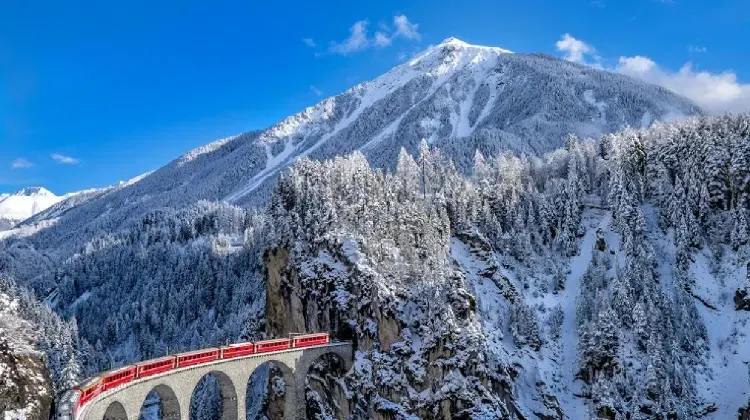
5. Scenic & Tourist Rail Lines
Scenic and tourist rail lines offer travelers a unique way to experience Europe’s natural beauty and historical sites from the comfort of a train. These routes are often slow-paced, allowing passengers to fully immerse themselves in the landscapes.
The Glacier Express is known as the "slowest express train in the world," taking around 8 hours to cover 291 km, but every minute offers stunning views of the Swiss Alps. These trains are popular among tourists, photographers, and nature enthusiasts who want to enjoy the journey as much as the destination.
| Train Service | Speed (km/h) | Routes | Special Features |
| Glacier Express (Switzerland) | Up to 40 km/h | Zermatt ↔ St. Moritz | Panoramic windows, multi-course meals, audio guide, large windows |
| Bernina Express (Switzerland/Italy) | Up to 40 km/h | Chur ↔ Tirano | Panoramic carriages, UNESCO route, viaducts, tunnels |
| Flåm Railway (Norway) | Up to 40 km/h | Myrdal ↔ Flåm | Fjord views, steep gradients, waterfalls, scenic stops |
| GoldenPass Line (Switzerland) | Up to 80 km/h | Montreux ↔ Zweisimmen ↔ Lucerne | Vintage coaches, panoramic views, direct access to ski resorts, comfortable seating |
5 Countries Connected by Europe Train: Map & Routes
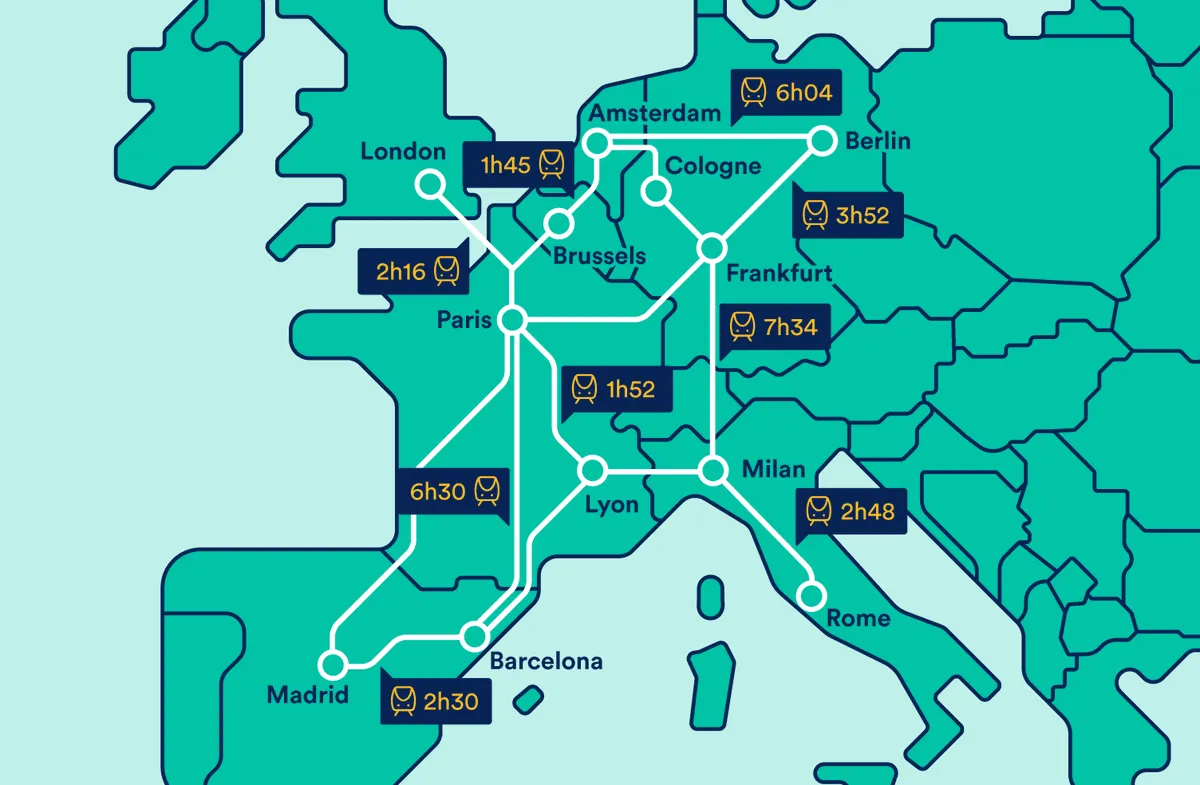
Source from Laracon EU on X
| Country | Train Type | Speed (km/h) | Main Routes | Rail Pass Options |
| United Kingdom | Eurostar | Up to 300 km/h | London ↔ Paris, London ↔ Brussels, London ↔ Amsterdam | Eurail Pass, BritRail Pass |
| GWR | Up to 200 km/h | London ↔ Bristol, London ↔ Cardiff | BritRail Pass | |
| Avanti West Coast | Up to 200 km/h | London ↔ Manchester, London ↔ Glasgow | BritRail Pass | |
| Caledonian Sleeper | Up to 160 km/h | London ↔ Edinburgh, London ↔ Inverness | BritRail Pass | |
| France | TGV | Up to 320 km/h | Paris ↔ Lyon, Paris ↔ Marseille, Paris ↔ Nice | Eurail Pass, France Rail Pass |
| TER | Up to 160 km/h | Regional routes across France | Eurail Pass, France Rail Pass | |
| Intercités de Nuit | Up to 160 km/h | Paris ↔ Nice, Paris ↔ Toulouse | Eurail Pass, France Rail Pass | |
| Italy | Frecciarossa | Up to 300 km/h | Milan ↔ Rome, Rome ↔ Naples, Florence ↔ Venice | Eurail Pass, Italy Rail Pass |
| Regionale | Up to 150 km/h | Rural and suburban routes across Italy | Eurail Pass, Italy Rail Pass | |
| Intercity Notte | Up to 180 km/h | Rome ↔ Milan, Rome ↔ Venice | Eurail Pass, Italy Rail Pass | |
| Germany | ICE (InterCity Express) | Up to 300 km/h | Berlin ↔ Munich, Frankfurt ↔ Cologne, Hamburg ↔ Stuttgart | Eurail Pass, German Rail Pass |
| RegionalBahn | Up to 160 km/h | Regional routes across Germany | Eurail Pass, German Rail Pass | |
| Spain | AVE | Up to 310 km/h | Madrid ↔ Barcelona, Madrid ↔ Seville, Barcelona ↔ Valencia | Eurail Pass, Spain Pass |
| Alvia | Up to 250 km/h | Madrid ↔ Bilbao, Madrid ↔ Santander | Eurail Pass, Spain Pass | |
| Euromed | Up to 300 km/h | Barcelona ↔ Valencia, Barcelona ↔ Alicante | Eurail Pass, Spain Pass | |
| Intercity | Up to 200 km/h | Madrid ↔ Salamanca, Madrid ↔ Murcia | Eurail Pass, Spain Pass |
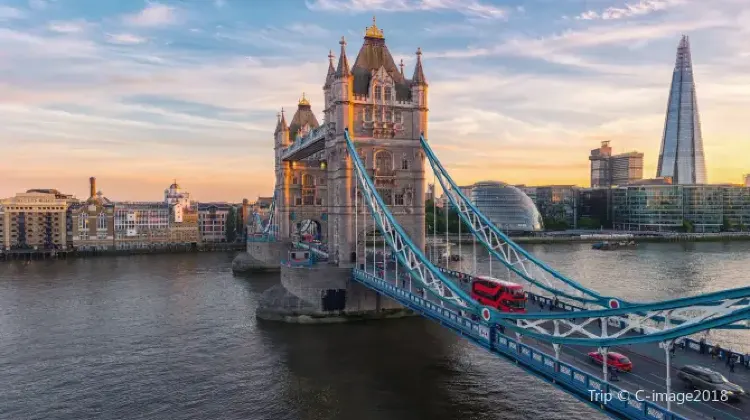
Europe Train in the UK
The United Kingdom is well-connected to mainland Europe by the Eurostar, a high-speed train service that links London with Paris, Brussels, and Amsterdam. The Eurostar travels through the Channel Tunnel, which is the longest undersea tunnel in the world. The UK’s domestic rail network is extensive, with services like the Great Western Railway (GWR) and Avanti West Coast offering both high-speed and regional routes. Night trains, such as the Caledonian Sleeper, provide an overnight travel option between London and Scotland.
- Eurostar: Operates at speeds up to 300 km/h, connecting London with cities in France, Belgium, and the Netherlands.
- Great Western Railway (GWR): Connects London to the South West and Wales, with a maximum speed of 200 km/h.
- Avanti West Coast: Serves routes between London, Manchester, and Scotland, with speeds up to 200 km/h.
- Caledonian Sleeper: A night train service connecting London with Edinburgh, Glasgow, and Inverness.
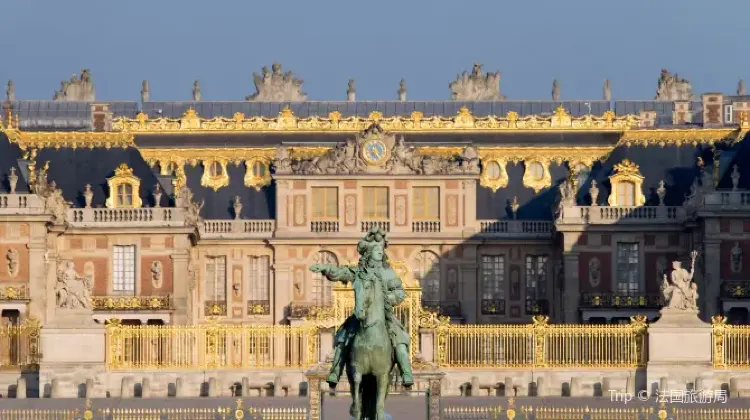
Europe Train in France
France’s rail network is renowned for its efficiency and speed, with the TGV (Train à Grande Vitesse) being the crown jewel. The TGV connects Paris with major cities like Lyon, Marseille, and Nice at speeds up to 320 km/h. The network also includes the Thalys and Eurostar services, linking France to neighboring countries. Regional trains like the TER (Transport Express Régional) provide extensive coverage across the country. Night trains, such as the Intercités de Nuit, offer overnight journeys between key cities.
- TGV: Connects Paris with other French cities and European destinations, operating at speeds up to 320 km/h.
- TER: Regional trains that connect smaller towns and cities across France, with a focus on local connectivity.
- Intercités de Nuit: Night trains offering overnight services between Paris and cities like Nice and Toulouse.
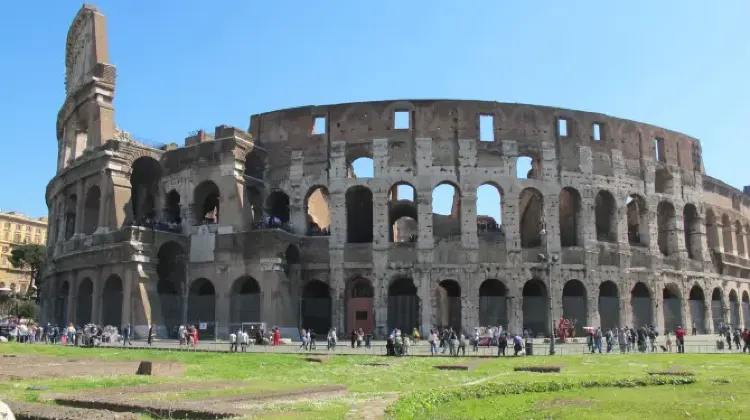
Europe Train in Italy
Italy’s train system is one of the most extensive in Europe, with the high-speed Frecciarossa trains operated by Trenitalia. These trains connect major cities such as Rome, Milan, and Florence at speeds of up to 300 km/h. Italy also offers Intercity and Regionale services, which connect smaller towns and provide scenic routes through the countryside. Night trains, such as the Intercity Notte, offer overnight services between key cities, allowing travelers to maximize their time.
- Frecciarossa: High-speed service connecting major Italian cities at up to 300 km/h.
- Regionale: Regional trains serving rural and suburban areas, slower but essential for local travel.
- Intercity Notte: Night trains offering overnight travel between major cities like Rome and Milan.
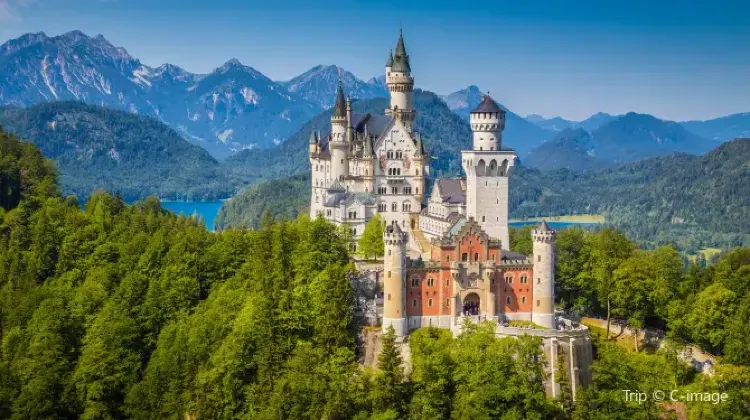
Europe Train in Germany
Germany’s rail network is highly efficient, with high-speed ICE trains connecting major cities such as Berlin, Munich, and Frankfurt. These trains operate at speeds of up to 300 km/h, making travel fast and convenient. Germany also offers regional trains like the RegionalBahn for local travel.
- ICE (InterCity Express): High-speed service connecting major German cities, operating at up to 300 km/h.
- RegionalBahn: Regional trains providing comprehensive coverage across smaller towns and rural areas.
Night Train Map in Europe
Night trains in Europe have become a convenient and eco-friendly alternative to air travel, allowing you to travel overnight between cities while saving time and hotel costs.
Night trains offer various amenities, from private sleeper cabins to shared couchettes, and many routes include dining cars, Wi-Fi, and even en-suite bathrooms in deluxe compartments.
Booking tickets in advance is recommended, especially during peak travel seasons, as night trains are increasingly popular across Europe. Now check Europe Night Train Map & Services👇👇👇Major Night Train Routes in Europe
Western Europe
Western Europe is home to some of the most comfortable and modern night train services, primarily operated by ÖBB Nightjet. These trains connect major cities with options ranging from standard couchettes to luxurious private sleepers. Routes like Paris to Vienna and Zurich to Berlin are popular for their efficiency and comfort, often with amenities such as dining cars and Wi-Fi.
- Countries: France, Germany, Switzerland, Austria, Belgium, the Netherlands
- Key Routes: Paris to Vienna, Zurich to Berlin, Brussels to Vienna
Central Europe
Central Europe’s night trains are essential for connecting cities across borders. The region’s routes often include stops in multiple countries, offering travelers a convenient way to explore Eastern and Central Europe. Trains are well-equipped with comfortable sleeping options, making overnight travel between cities like Vienna, Prague, and Budapest both practical and pleasant.
- Countries: Austria, Czech Republic, Hungary, Poland, Slovakia
- Key Routes: Vienna to Budapest, Prague to Krakow, Budapest to Berlin
Northern Europe
Northern Europe’s night trains are known for their scenic routes, particularly the Stockholm to Berlin service operated by Snälltåget, which includes a ferry crossing over the Baltic Sea. In Norway, the Oslo to Bergen route is famous for its breathtaking landscapes. These night trains provide a unique travel experience, combining convenience with the beauty of the Nordic countries.
- Countries: Sweden, Denmark, Norway
- Key Routes: Stockholm to Berlin, Copenhagen to Hamburg, Oslo to Bergen
Southern Europe
Southern Europe’s night trains cater to tourists and locals alike, connecting major cities with coastal and mountainous regions. Renfe Trenhotel operates luxurious night trains in Spain and Portugal, such as the Lisbon to Madrid route, known for its premium sleeper cabins and onboard dining. Italy’s Intercity Notte offers connections between Rome and Sicily, including a ferry crossing to Palermo.
- Countries: Italy, Spain, Portugal
- Key Routes: Rome to Palermo, Barcelona to Madrid, Lisbon to Madrid
Eastern Europe
Night trains in Eastern Europe are crucial for connecting vast distances across the region. These services often provide a more traditional travel experience, with simple yet comfortable couchettes. Routes like Warsaw to Kiev and Bucharest to Sofia are popular among budget travelers and those exploring less-touristed parts of Europe. Despite their more basic amenities, these trains remain an essential part of the region’s transport network.
- Countries: Poland, Romania, Bulgaria, Ukraine
- Key Routes: Warsaw to Kiev, Bucharest to Sofia, Krakow to Lviv
Top Cities You can go with Europe Train

Paris, France
Paris, often called the "City of Light," is not only the capital of France but also a global center for art, fashion, and culture. Easily accessible by the TGV and Eurostar, Paris is a hub for train travel, connecting with major European cities like London and Brussels. Check the best things to do in Paris 👇👇👇
- Louvre Museum: Originally a fortress, then a royal palace, the Louvre Museum is now the world’s largest art museum, housing thousands of works including the Mona Lisa. Its transformation over centuries reflects the rich history of France itself.
- 🕒 Operating Hours: Monday, Thursday, Saturday, Sunday from 9:00 AM to 6:00 PM; Wednesday, Friday from 9:00 AM to 9:45 PM; Closed on Tuesdays.
- 📍 Location: Rue de Rivoli, 75001 Paris, France.
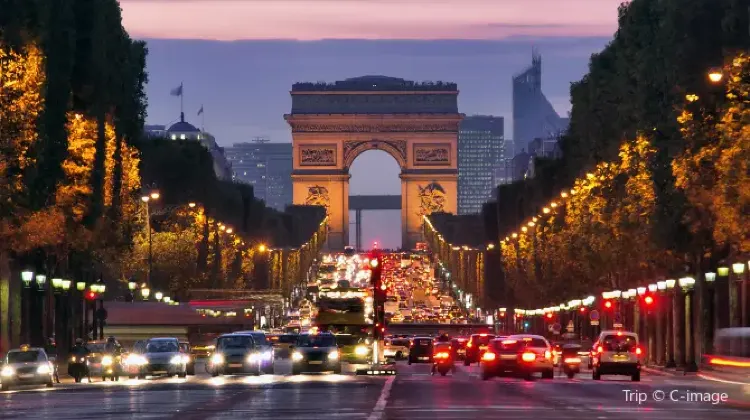
- Arc de Triomphe: Commissioned by Napoleon after his victory at Austerlitz, the Arc de Triomphe is a monument that honors those who fought for France during the French Revolutionary and Napoleonic Wars. Standing at the top of the Champs-Élysées, it offers visitors a chance to climb to the top for a panoramic view of Paris.
- 🕒 Operating Hours: Daily from 10:00 AM to 10:30 PM.
- 📍 Location: Place Charles de Gaulle, 75008 Paris, France.
Best Hotels in Paris
5 star
Business travel
Family friendly
Hot spring
Gym
Breakfast
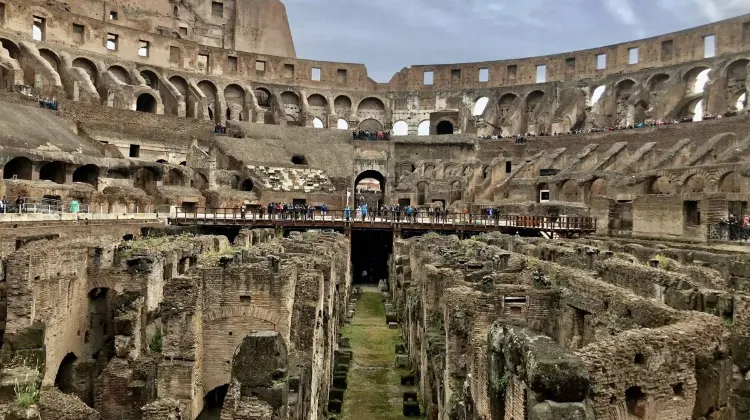
Rome, Italy
Rome, the capital of Italy, is a city where ancient history meets modern life. The city is well-connected by the Frecciarossa high-speed trains, making it easy to travel from other major Italian cities like Florence and Milan. The Colosseum, Rome’s most famous landmark, is one of the New Seven Wonders of the World. Visitors often wonder whether they need a guided tour to fully appreciate it.
- Colosseum: This massive amphitheater was once the site of gladiatorial battles and public spectacles. Built nearly 2,000 years ago, it remains one of the best-preserved structures from ancient Rome. The Colosseum could hold up to 80,000 spectators, highlighting the grandeur of the Roman Empire.
- 🕒 Operating Hours: Daily from 8:30 AM to 4:30 PM (seasonal variations apply).
- 📍 Location: Piazza del Colosseo, 1, 00184 Rome RM, Italy.
Best Hotels in Rome
5 star
Business travel
Family friendly
Hot spring
Gym
Breakfast
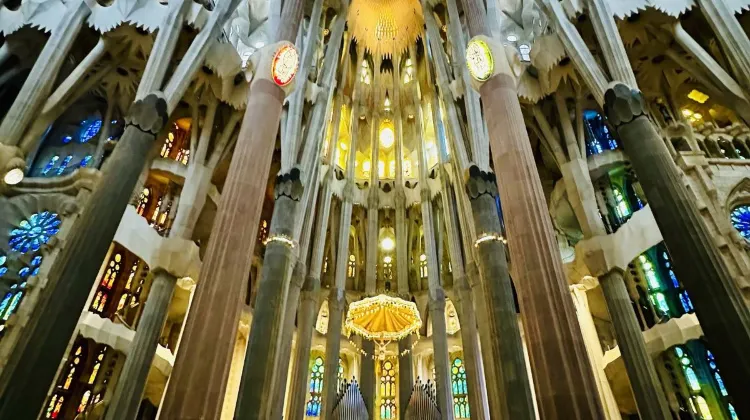
Barcelona, Spain
Barcelona is easily accessible by Spain’s AVE high-speed trains, which connect Barcelona with Madrid and other major Spanish cities. Gaudí’s architectural masterpieces, like the Sagrada Familia, are among the top attractions in Barcelona.
- Sagrada Familia: Designed by Antoni Gaudí, the Sagrada Familia is a basilica that has been under construction since 1882. Its unique architecture draws millions of visitors each year, and it is expected to be completed by 2026, marking the centenary of Gaudí's death.
- 🕒 Operating Hours: Daily from 9:00 AM to 8:00 PM.
- 📍 Location: Carrer de Mallorca, 401, 08013 Barcelona, Spain.
- Casa Batlló: Another of Gaudí’s masterpieces, Casa Batlló is famous for its dragon-inspired roof and vibrant facade. The building is one of the most distinctive examples of Modernisme in Barcelona.
- 🕒 Operating Hours: Daily from 9:00 AM to 8:00 PM.
- 📍 Location: Passeig de Gràcia, 43, 08007 Barcelona, Spain.
FAQs about Europe Train Map
How can I see all of Europe by train?
You can explore all of Europe by train using the extensive rail networks that connect over 30 countries, including popular routes like the Eurostar, TGV, and ICE. The best way to do this is by purchasing a Eurail Pass (for non-Europeans) or Interrail Pass (for Europeans), which allows unlimited travel across multiple countries within a set period. Plan your journey to include high-speed trains for major cities, regional trains for smaller towns, and scenic trains for breathtaking landscapes, ensuring a diverse and comprehensive travel experience.Can I travel by train between European countries?
Yes, you can easily travel by train between European countries. Many international routes are available, such as the Eurostar between the UK and France, the Thalys between France, Belgium, and the Netherlands, and the Railjet connecting Austria with Germany and Switzerland. These trains offer seamless border crossings, often without the need for extensive customs checks, making it one of the most convenient ways to explore multiple countries in Europe.What parts of Europe are connected by trains?
Virtually all parts of Europe are connected by trains, from the westernmost countries like Portugal and Spain to the eastern nations such as Hungary and Romania. Northern countries like Norway and Sweden are linked by extensive rail networks, and even remote regions like the Swiss Alps are accessible by scenic train routes. This connectivity makes it possible to reach nearly every major city and many smaller towns across the continent.How many European countries are connected by train?
Over 30 European countries are connected by train, including all the major nations in Western, Central, and Eastern Europe. Countries such as France, Germany, Italy, Spain, and the UK are central hubs in the network, with connections extending into Scandinavia, the Balkans, and even Turkey. This vast network facilitates easy and efficient travel across the continent.
